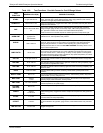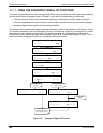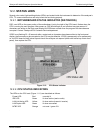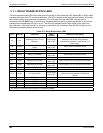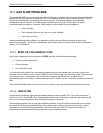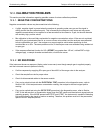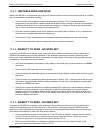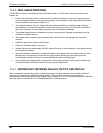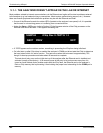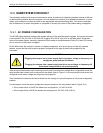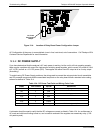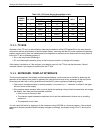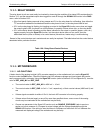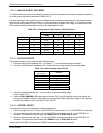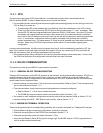
Teledyne API M100E Analyzer Operation Manual Troubleshooting & Repair
267
12.5. OTHER PERFORMANCE PROBLEMS
Dynamic problems (i.e. problems which only manifest themselves when the analyzer is monitoring sample gas)
can be the most difficult and time consuming to isolate and resolve. The following section provides an itemized
list of the most common dynamic problems with recommended troubleshooting checks and corrective actions.
12.5.1. EXCESSIVE NOISE
Excessive noise levels under normal operation usually indicate leaks in the sample supply or the analyzer itself.
Ensure that the sample or span gas supply is leak-free and carry out a detailed leak check as described earlier in
this chapter.
Another possibility of excessive signal noise may be the preamplifier board, the high voltage power supply and/or
the PMT detector itself. Contact the factory on trouble-shooting these components.
12.5.2. SLOW RESPONSE
If the analyzer starts responding too slowly to any changes in sample, zero or span gas, check for the following:
Dirty or plugged sample filter or sample lines.
Sample inlet line is too long.
Dirty or plugged critical flow orifices. Check flows, pressures and, if necessary, change orifices (refer to
Section 10.3.4).
Wrong mate
rials in contact with sample - use Teflon materials only.
Sample vent line is located too far from the instrument sample inlet causing a long mixing and purge
time. Locate sample inlet (overflow) vent as close as possible to the analyzer’s sample inlet port.
Dirty sample chamber.
Insufficient time allowed for purging of lines upstream of the analyzer.
Insufficient time allowed for SO
2
calibration gas source to become stable.
04515F DCN6048



